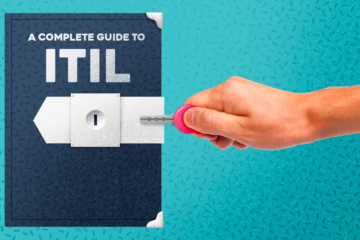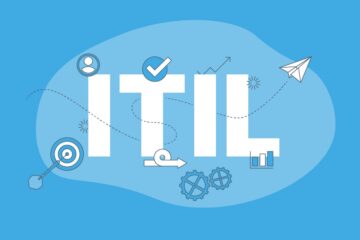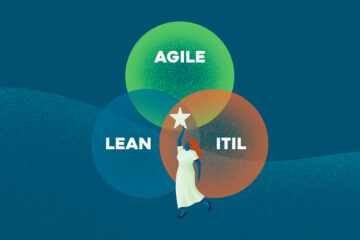It’s no secret that IT professionals are under a lot of pressure to deliver more value for their companies. We’re responsible for keeping our company’s information technology systems up and running, which is no easy feat. And, as inflation continues to rise and costs of software are increasing, the total cost of ownership of the tools your organization uses is becoming even more relevant factor in your decision making.
That’s why it’s important to be able to answer the question “Can IT help control and reduce service delivery costs?” with a resounding “yes.”
Any technology used by your organization, specifically the tools used to manage and operate IT, ultimately need to help reduce costs. For many, the total cost and return on investment are the main factors when making a purchase. Your service management solution is no different!
WHAT MATTERS MORE – TCO OR TCSD?
Total Cost of Ownership (TCO) is the cost of maintaining an asset over its entire life span. When evaluating the TCO of an ITSM tool, you should consider all costs associated with deployment and maintenance: hardware costs; software licensing fees; implementation fees; training fees; ongoing maintenance fees; and more.
The Total Cost of Service Delivery (TCSD) is an important metric as you move from managing technology, to managing integrated services. It’s imperative to understand which services are being maximized and which are not. The cost of Shadow IT to your organization is increasing every day, with hundreds of unauthorized applications being used to conduct business, without support or adhering to corporate security guidelines.
Your IT organization is the central point in creating, developing, maintaining, and delivering technology-enabled services—whether it be to your workforce, your customers, or both. As such, it’s necessary to move beyond thinking solely in terms of “total cost of ownership” and instead to focus on the “total cost of service delivery.”
BEST PRACTICES FOR CALCULATING TRUE SERVICE DELIVERY COSTS
Total Cost of Ownership (TCO) is an easier calculation, requiring only the facts based upon the overall spend, contract length, implementation costs, training, etc. Getting to the Total Cost of Service Delivery requires more thought and analysis and extends beyond TCO by including the overall impact on your IT organization, your users, and the various departments using extended features and functions.
It’s vital to investigate beyond the initial price, or current functionality, and look at what’s happened to other customers when the initial contract ends. It’s also important to understand how key features, provided free or at a reduced price initially, will be treated once that introductory period has ended.
Your service management solution is an indispensable tool for creating integrated and seamless IT services. Service integration is a fundamental component in the development of those services. Tracking the full lifecycle of an individual service, with its associated delivery costs, becomes the foundational element. Once added together, we have a full view of IT’s total cost of delivery. But, if the cost associated with this primary tool fluctuates over time, it creates less predictability and limits your ability to understand and more importantly, manage the Total Cost of Service Delivery.
Overall Cost Control and Reduction
Once we consider the cost to deliver a service, we begin working through more than just the cost to acquire, integrate, and support services—we begin to look at service volume, vendor management, ease of function, and data integration. To effectively manage technology, your IT organization needs to understand and predict technology costs. This moves from budget analysis and budget line items to managing the full services lifecycle, including integration costs between services.
Your service management solution should help control and reduce the overall cost of service delivery. Important areas to consider include:
- Resources required (including time) to deploy the service management solution itself
- Ease of use to create new services or service-based applications
- Self-service capabilities for your users, regardless of the device used
- Ability to uncover rogue or shadow applications within your environment
Total Cost of Service Delivery (TCSD)
It’s important to drive down the cost of service delivery while tightening controls to prevent costly service surprises. EasyVista helps reduce costs by accelerating implementation from months to weeks through codeless application development, requiring fewer IT resources and outside professional services. EasyVista also helps reduce the cost of Shadow IT, including unauthorized or rogue subscriptions to cloud-based apps.
Contact our team today to find out how EasyVista delivers efficiency and visibility through faster service resolutions, quicker implementation services, and so much more!



